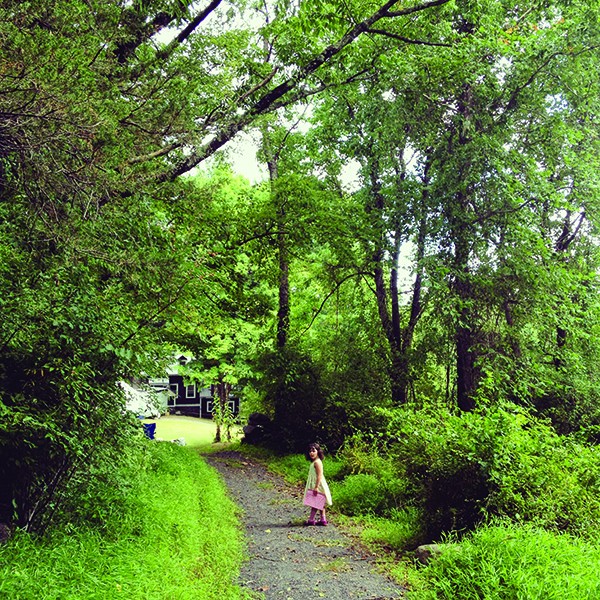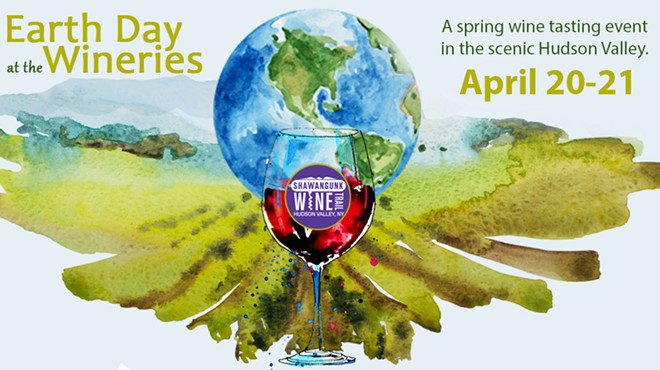You’ve said that time in nature can help children with cognition and creativity, not to mention health and happiness. And there’s a real emphasis in your writing on the importance of unstructured time in nature, which you’ve said utilizes a broader range of senses beyond our generally accepted five to create "an ultimate state of learning." How can parents respond to that information when many of them work and kids often go to school?
Not just parents—grandparents, aunts or uncles, educators—we all can spend more time with children in nature. This is quite a challenge—one that emphasizes the importance of exploring nearby opportunities, particularly unstructured time in nature. Schedule outdoor time, direct experiences in nature. Make getting outside in a natural area an intentional act—a healthful habit, if you will—that becomes part of your life.
You begin Last Child in the Woods with a conversation between you and one of your sons, which seemingly sparked your inquiry into nature-deficit. You also acknowledge your wife and sons for "living the research." What are some of the ways that you've brought your knowledge of nature-deficit disorder into your parenting practices and home life?
I never judge parents who feel afraid about letting their kids have more freedom to go outside, because my wife and I felt that fear, too – even though, in the late 1980s and 1990s, it was already clear that the reality of stranger danger was different from what news media depicted. Still, our sons did not have the kind of free-range childhood that I did. We did, however, *take* them outside and made sure they had nature nearby. I took my sons fishing every chance I had, and hiking, or camping in our old van. We lived on a canyon when the boys were smaller, and we encouraged them to build forts and explore behind our house. When I had interviews to conduct that involved the outdoors, I sometimes found ways to bring my sons along. Fortunately, my parents gave me a childhood that in turn gave me an intuitive love of nature—even without knowing about the growing research that supported that intuition. I hope I’ve passed this love along to my sons.
You’ve said that 80% of people live in metropolitan areas, and you’d like to see nature-rich cities where conservationists and developers get together to create greener neighborhoods with more biodiversity. Why do you think it's important for all facets of society to get involved with this? And what’s your vision for a rural landscape like New York’s Hudson Valley?
Every region is different. So, if we’re going to imagine a future, why not imagine a movement—what I call a New Nature Movement—that includes but goes beyond traditional environmentalism and sustainability, a movement that can touch every part of society?
A first step might be to convene educators, landscape architects, urban designers and architects, physicians and other professionals to plan the best approaches to re-nature the city or community. The common purpose: a reunion between humans and nature that will create or enhance human and economic potential. There could be discussion of the scientific evidence in support of nature contact, to include the recognition that a healthier habitat increases the human-nature social capital for everyone’s benefit. These professionals can write a health prescription for a city that will evolve into a rebuilding plan that makes practical sense. They might consider how to rebuild local food webs, how to establish an urban forest to help clean the air and provide shade, or how to encourage urban wildlife. They can talk about how to naturalize bicycle and pedestrian paths, how to offer cleaner public transport, how to develop policies to encourage the design of green roofs, green walls and green schoolyards. Cities can become engines of biodiversity.












